An In-depth Analysis of Windows 10 Pro
1. Introduction to Windows 10 Pro
Nevertheless, sales have grown since its launch, and it is used more by IT professionals than by other users, especially developers and technology enthusiasts. Third-party app developers generally support it, and there is a strong possibility that Windows 10’s security level may increase in coming models. Windows 10 Pro has a 36.2% market share of all operating systems running in May 2021. For the executive on the run with no time to take a complete training program, here are some critical new bits on Windows 10 Pro: it has new capabilities over Windows 8.1, window sizing, encryption tools, and the two Office programs, Office Mobile and Office 365. The executive on the run may ask, “Why upgrade to Windows 10 Pro?” The answer is that Windows 10 Pro has additional features that Windows 10 Home does not, such as BitLocker drive encryption and upgrades for businesses and IT service providers. With Windows 10 Pro, you will have BitLocker, which will protect your data if a thief gets hold of your device. Windows 10 Pro also has the Hyper-V capability to run multiple operating systems on your computer. Finally, the performance of up to 2 TB of RAM is supported, mainly useful to businesses that need a lot of memory, and it is worth the investment down the line.
2. Evolution and Development of Windows 10 Pro
Windows 10 Pro is the result of decades of evolution and development traced back to a research project from Xerox called the Xerox Star. The Xerox Star was one of the first commercial PCs in history, and its user interface is sometimes cited as the first to represent a modern computer’s GUI. Microsoft adopted some of the ideas from the Xerox Star, and Microsoft Office for Windows got some inspiration as well. The roots of the Windows operating system originated in late 1983 when Microsoft worked with IBM to produce Windows 1.0, which used a crude form of a graphical user interface. Microsoft continued to develop the Windows OS and shifted to 32-bit architecture before the release of Windows 95. Since then, many versions of Microsoft Windows have been made with several re-releases for each, with Microsoft implementing a new marketing and development strategy, releasing software updates only for free products rather than for sale products. A major revision was planned but was delayed into a second release of Windows XP, reportedly due to concerns about software compatibility. The Start button was reintegrated into Windows once again in Windows 10. Windows 10 Pro, version 1803, added an option to automatically close applications upon shutdown. Other than the consistency of the Windows OS features that have been added, Microsoft has internalized the development and strategy surrounding the Windows 10 Pro OS. The planners at Microsoft feel that a very good strategy is to incorporate user feedback towards personalized changes. Lately, competitive software shifts have been focused on mobile and home assistant technology. From an industry perspective, Windows 10 Pro might not be revolutionary because there are not a lot of differences in the UI/UX developments. Still, under the surface, improvements have been made. Since Windows 10 Pro, a new service is to be developed on top, which is on a subscription basis. There is still ongoing development for Windows 10 Pro despite the operating system being built a few years back. During the development of Windows 10 Pro, several conflicts with other divisions in Microsoft also slowed progress.
3. Key Features and Functionalities of Windows 10 Pro
Windows 10 Pro is a professional-class operating system designed to meet the demanding computing needs of business users ranging in size from small to medium businesses, as well as professionals who want to utilize it for their self-employed activities. However, it is not recommended for home users to use it for daily activities that do not rely on resources or capabilities of a professional nature. This section will discuss the enhanced capabilities and features of Windows 10 Pro over Windows 10 Home. This will include utilizing virtualization for running production operating systems and enhanced security features such as enterprise-level encryption, integrated identity, and information protection. Other features to be detailed in this section include integration with Azure AD and joining the desktop and device customs, advanced experiences with management tools, benefits of Windows Update for Business, management with Group Policy, and integration of hands-free login.
Windows 10 Pro is a powerful and capable operating system designed for medium businesses and professionals. It is not intended for use in home settings where computing needs are strictly personal. Windows 10 Pro can use virtualization for systems with enough memory to run both the host and virtual machines. Using virtualization in the professional environment is ideal. One use case is testing. Environments that provide the installation of computer networks or can test for infection from a virus or other malware are beneficial. Running production machines as guest operating systems is also a great capability. With advanced security features, it is easy to manage who can or cannot write to USB ports, install apps, or access specific areas of the OS. Varied security market niches that require the ability to differentiate one data file or folder from another and provide pruning capabilities are also a possibility. Windows 10 Pro is part of the Windows 10 operating system family, designed for business users with a number of features and capabilities that help serve the professional demographic. It is different from Windows 10 Home, primarily due to its ability to serve a much larger target audience.
4. Security and Privacy Measures in Windows 10 Pro
Windows 10 Pro has a comprehensive critical discussion subsection devoted to security and privacy measures. The main accusations have been regarding unnecessary monitoring of some user activities or deploying specific data about individual users to provide advertisements. Others have complained about the non-intuitive behaviour of the mandatory security features. However, despite possible disadvantages, the system also provides several compelling security features. These include an integrated antivirus solution and the possibility of full data volume encryption through BitLocker, which is also integrated.
Regarding privacy, Microsoft explicitly states that it collects certain personal data, including private collections, emails, calendars, and other private data. Windows 10 Pro complies with international privacy standards. Users of the OS can control, at least to some extent, which private data is stored, rendered anonymous, changed, or deleted by tools integrated into the main system control panel. The integrated data anonymization and deletion functions allow interested users to do so as comprehensively as possible. To prevent unwanted access from the outside, Windows 10 Pro supports the TotLock setup through a warning option, a request for face and fingerprint recognition, or a PIN. It contains several new security features, such as accessing several cryptographic keys of a TPM separately or integrating Active Protection to prevent applications and programs running in the background from activating new child processes. In addition, the integrated syndrome guard will be updated.
5. Integration and Compatibility with Other Systems
Windows 10 Pro can interact with other systems in various ways. First, it can interact with the IT infrastructure implemented before Windows 10 Pro was released. This includes various built-in or external interfaces to connect many different protocols. Many IT companies that follow this strategy often intend to maintain interfaces otherwise seen as obsolete. This is essential because of infrastructural assets that may already have long-term use. Other examples include robust IoT-based factory infrastructure hardware, which is currently used and is part of a long-lasting asset maintenance process. Although specific old protocols may be vulnerable to security attacks, Windows 10 Pro and legacy applications can still be seamlessly used.
Additionally, Windows 10 Pro can work with most of a user’s devices, including a tablet, a laptop, and a smartphone. Thus, it can be easily configured and deployed in environments that demand high end-user productivity and collaboration, where the IT infrastructure is mature, and it facilitates the seamless integration of different software deployed either on-premises or in the cloud. Such a strategy will save an organization the costs that would otherwise be incurred for an upgrade of IT hardware and for IT infrastructure reconstruction to use the emerging tech trend.


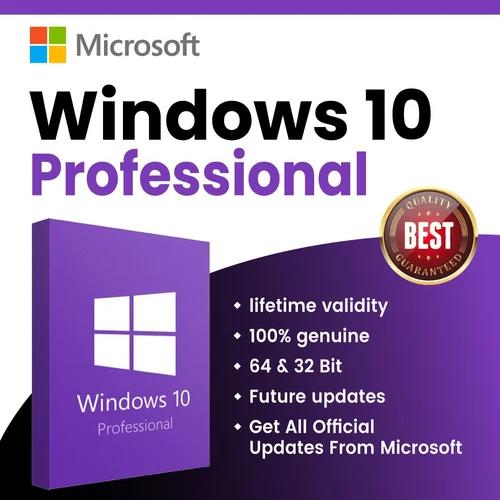
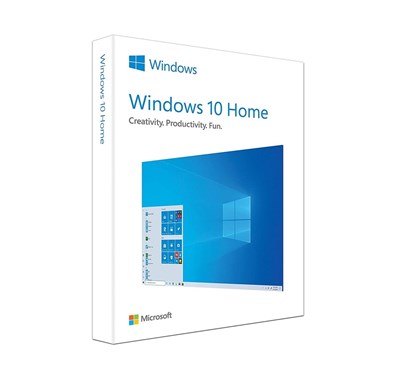
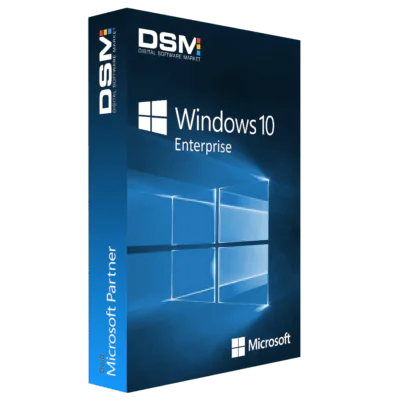
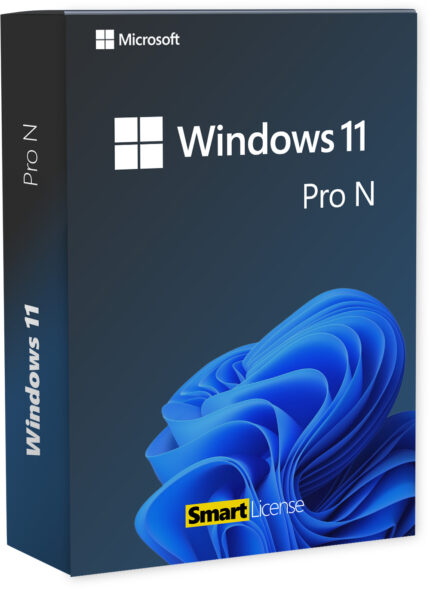
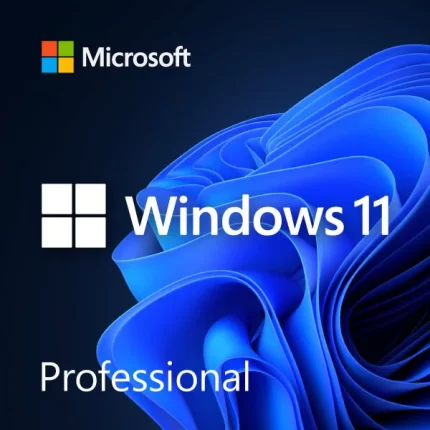
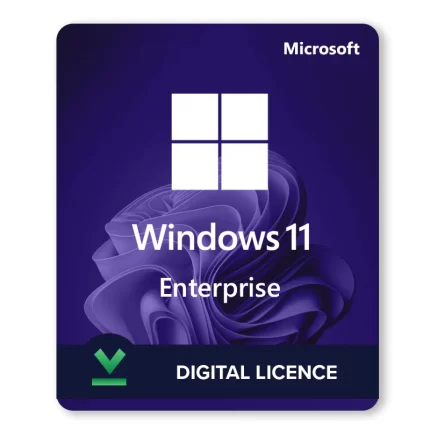
Reviews
There are no reviews yet.